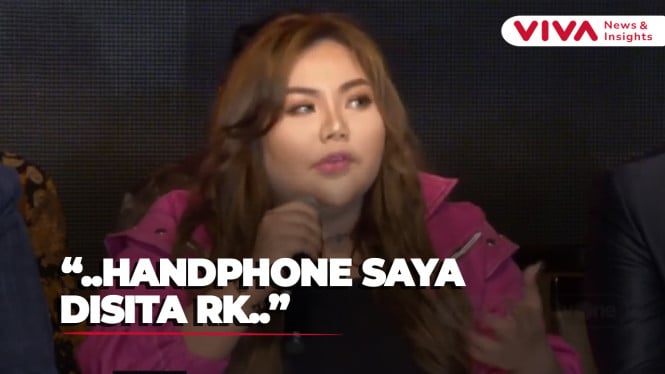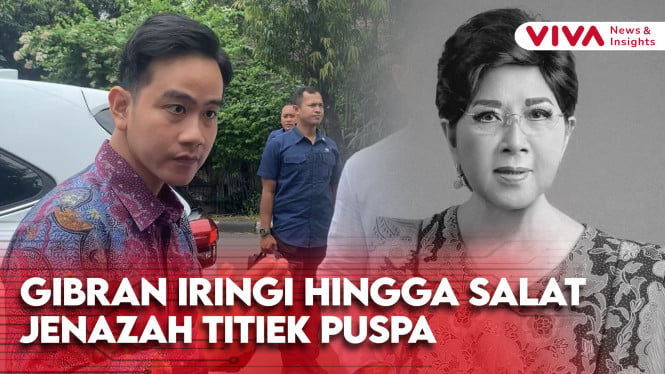A New Study Shows How to Walk Can Predict the Death
- ANTARA FOTO/Galih Pradipta
VIVA – A new study shows that measurements taken with wrist-worn motion sensors can be used to predict one’s mortality risk up to five years later. Recently, a model was developed by a new study to estimate the risk of death. This study tries to simulate the Six Minute Walking Test.
The Six Minute Walking Test is an excellent external measure of what is happening internally (the body). Motion sensors could potentially be used to help measure a user's risk of death, according to a new study published in PLOS Digital Health.
In their study, the research team used data from 100,000 UK Biobank participants who wore activity monitors with motion sensors for 1 week, a group known to be demographically representative of the UK population.
The team attempted to simulate smartphone monitoring and came up with a model that would help estimate the risk of death based on a person's acceleration and mileage over six minutes.
Ilustrasi jalan kaki
- Pixabay/Mabel Amber
According to study author Bruce Schatz, a University of Illinois computer science researcher, the scientists chose this duration to mimic the six-minute walk test: a measurement of heart and lung function commonly taken during a medical appointment that tasks participants with walking at a normal pace for six minutes and compares their total distance traveled to benchmarks according to their age.
"Not just a test, an excellent external measure of what's going on internally can also be replicated through the use of a wrist sensor or an inexpensive phone," Bruce Schatz remarked.
"I know for sure that this kind of model will work with cheap phones," he added.
The Schatz team's model has yielded 72 percent accuracy in predicting future deaths after one year and 73 percent after five years.





















